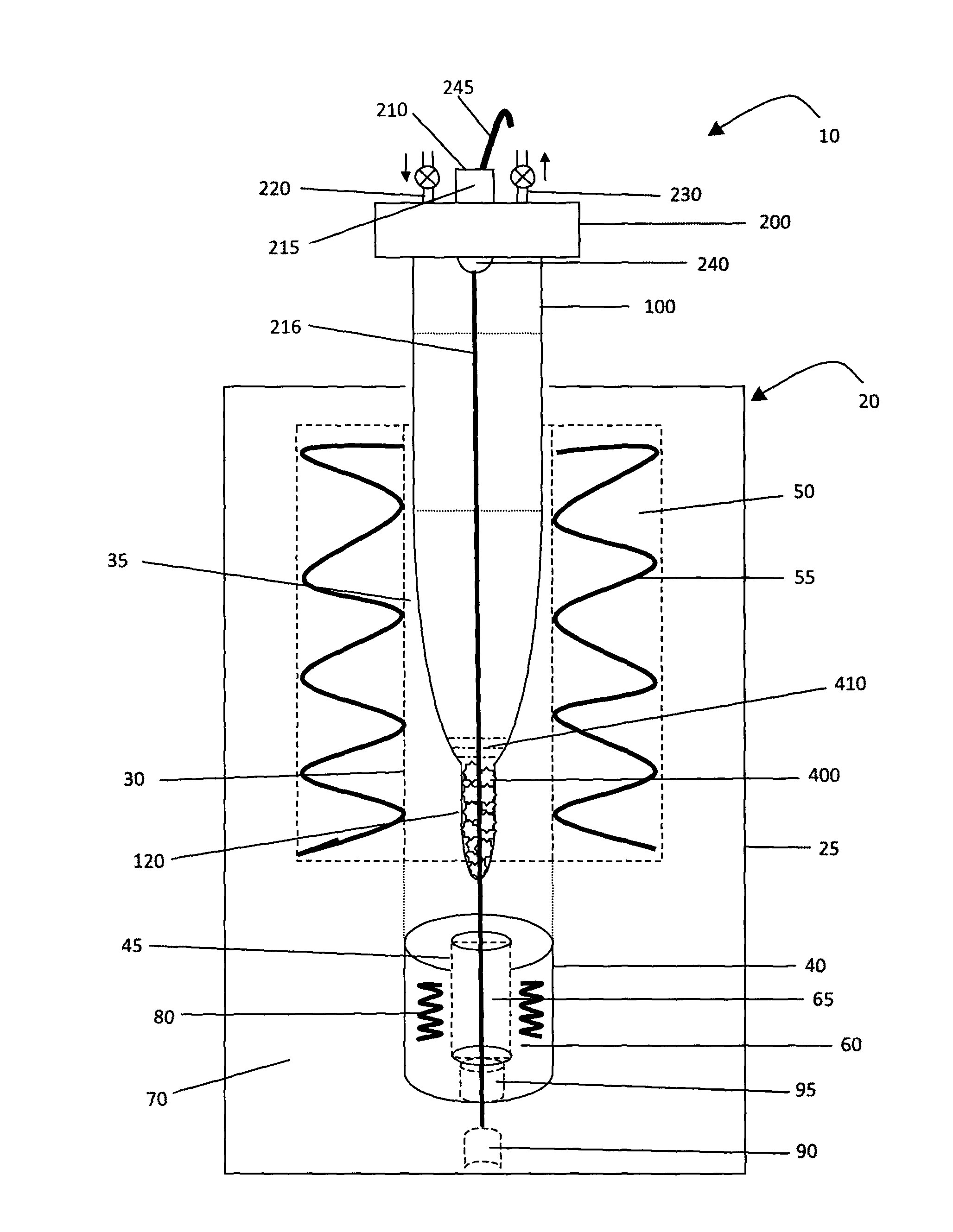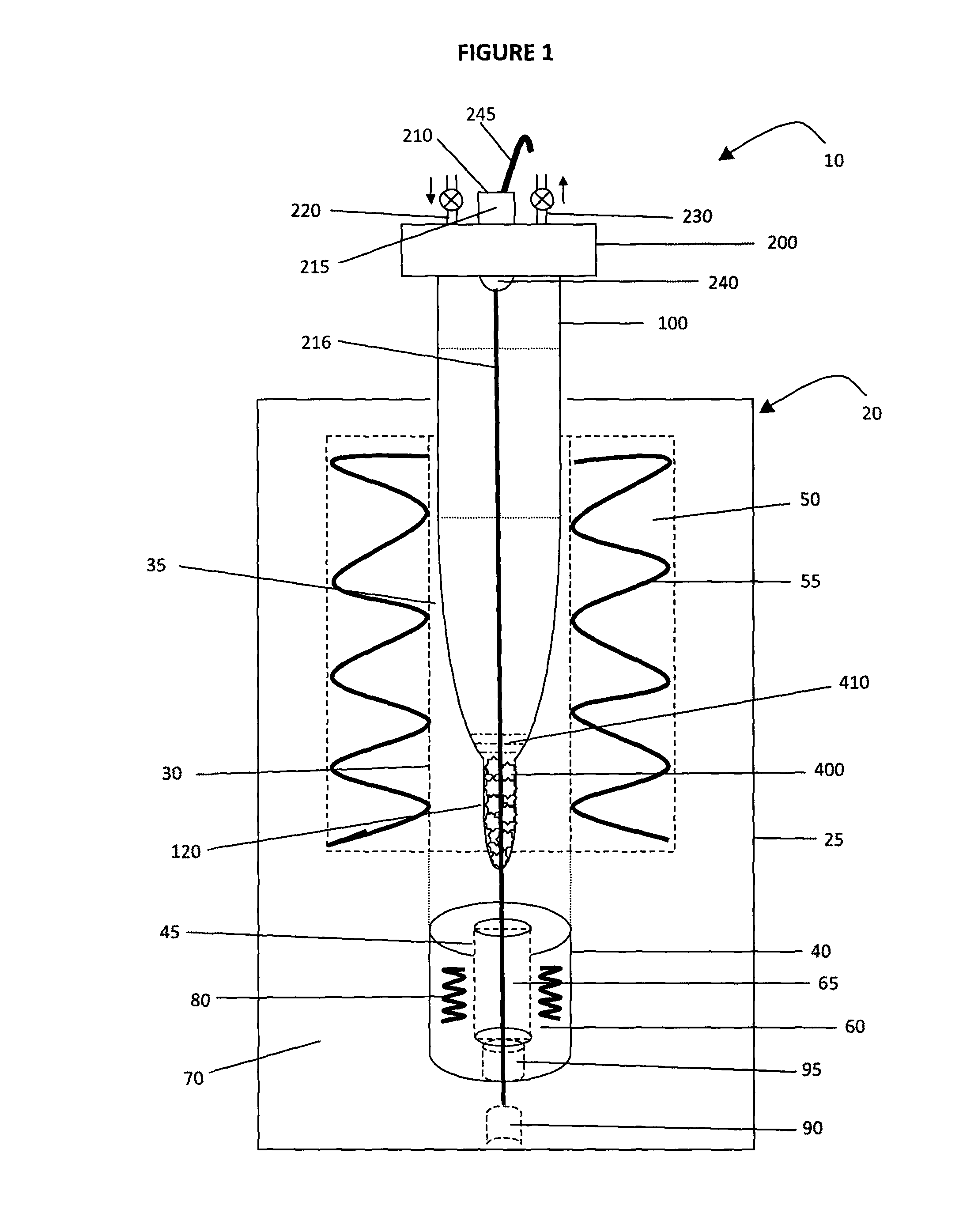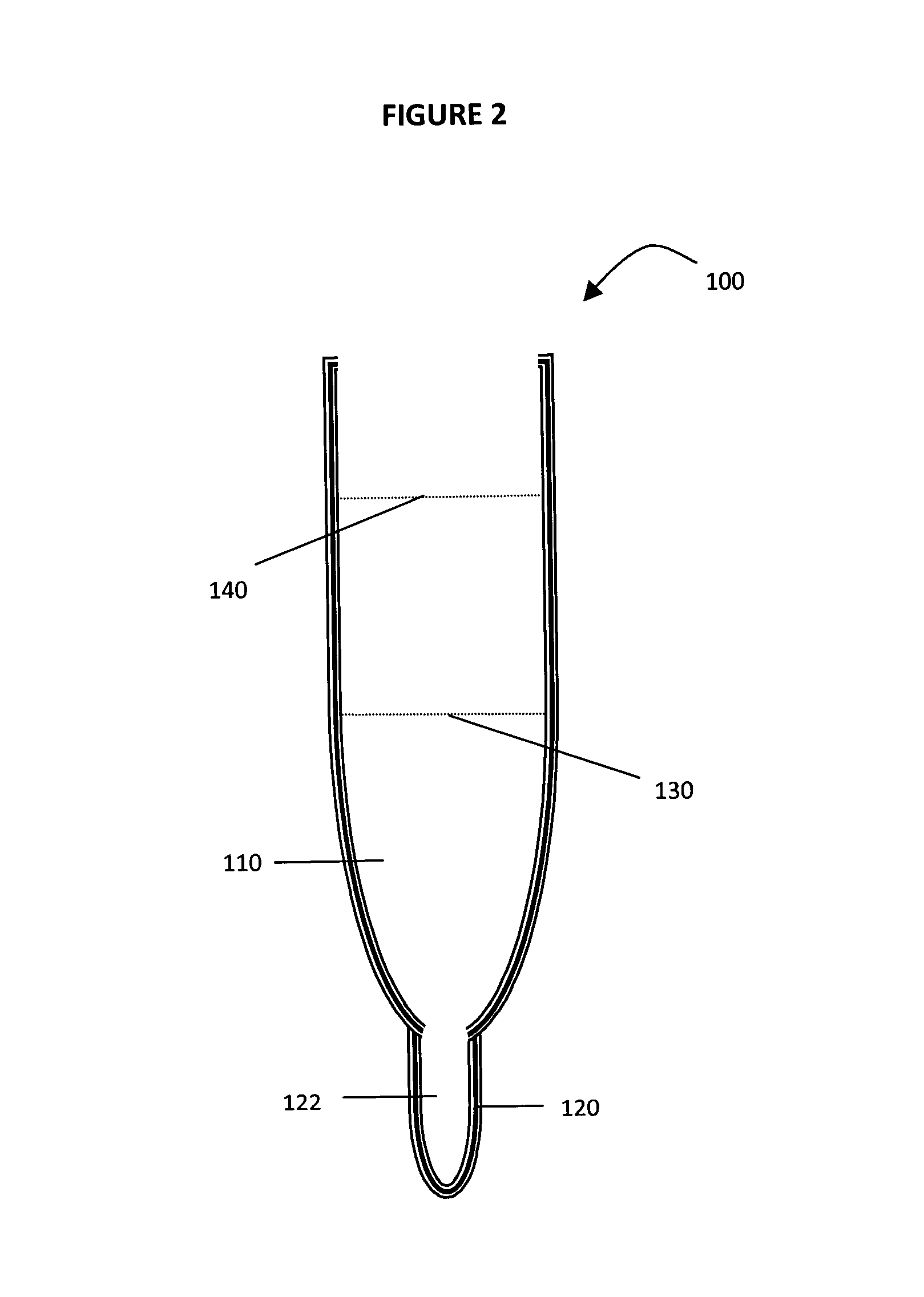Systems and methods for preparing samples for chemical analysis
a technology of chemical analysis and sample preparation, applied in the field of preparation samples for chemical analysis, can solve the problems of acid digestion, high volume of laboratories, environmental disposal,
- Summary
- Abstract
- Description
- Claims
- Application Information
AI Technical Summary
Benefits of technology
Problems solved by technology
Method used
Image
Examples
Embodiment Construction
[0043]Generally, the embodiments described herein relate to one or more apparatus, systems and methods for sample preparation, including but not limited to, automated sample drying, ashing and / or acid-digestion of various types of sample matrices for quantitative chemical analysis, and particularly for chemical analysis of inorganic parameters. In some embodiments, other parameters may be analyzed including organic, biological, and inorganic parameters.
[0044]According to some embodiments, there is a sample preparation system including at least one sealable sample container having an elongate tubular body, and a cold block digester namely, a container receptacle apparatus, for receiving the at least one sample container. The digester comprises a housing having distinct heating and cooling compartments separated by an insulating region. The subject digester is referred to as being a “cold block” digester because unlike prior art “hot block” digesters, the subject cold block digester i...
PUM
| Property | Measurement | Unit |
|---|---|---|
| temperature | aaaaa | aaaaa |
| temperature | aaaaa | aaaaa |
| temperature | aaaaa | aaaaa |
Abstract
Description
Claims
Application Information
 Login to View More
Login to View More - R&D
- Intellectual Property
- Life Sciences
- Materials
- Tech Scout
- Unparalleled Data Quality
- Higher Quality Content
- 60% Fewer Hallucinations
Browse by: Latest US Patents, China's latest patents, Technical Efficacy Thesaurus, Application Domain, Technology Topic, Popular Technical Reports.
© 2025 PatSnap. All rights reserved.Legal|Privacy policy|Modern Slavery Act Transparency Statement|Sitemap|About US| Contact US: help@patsnap.com



